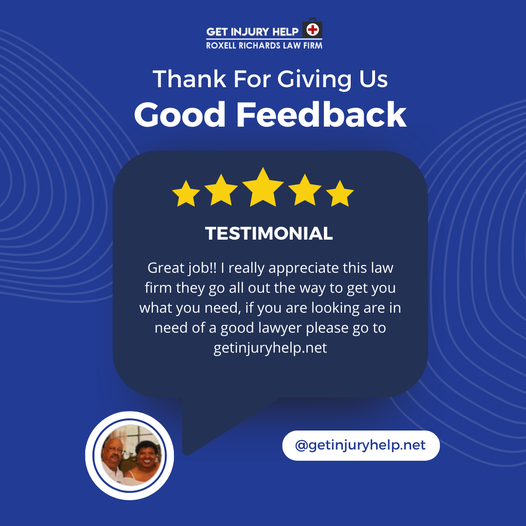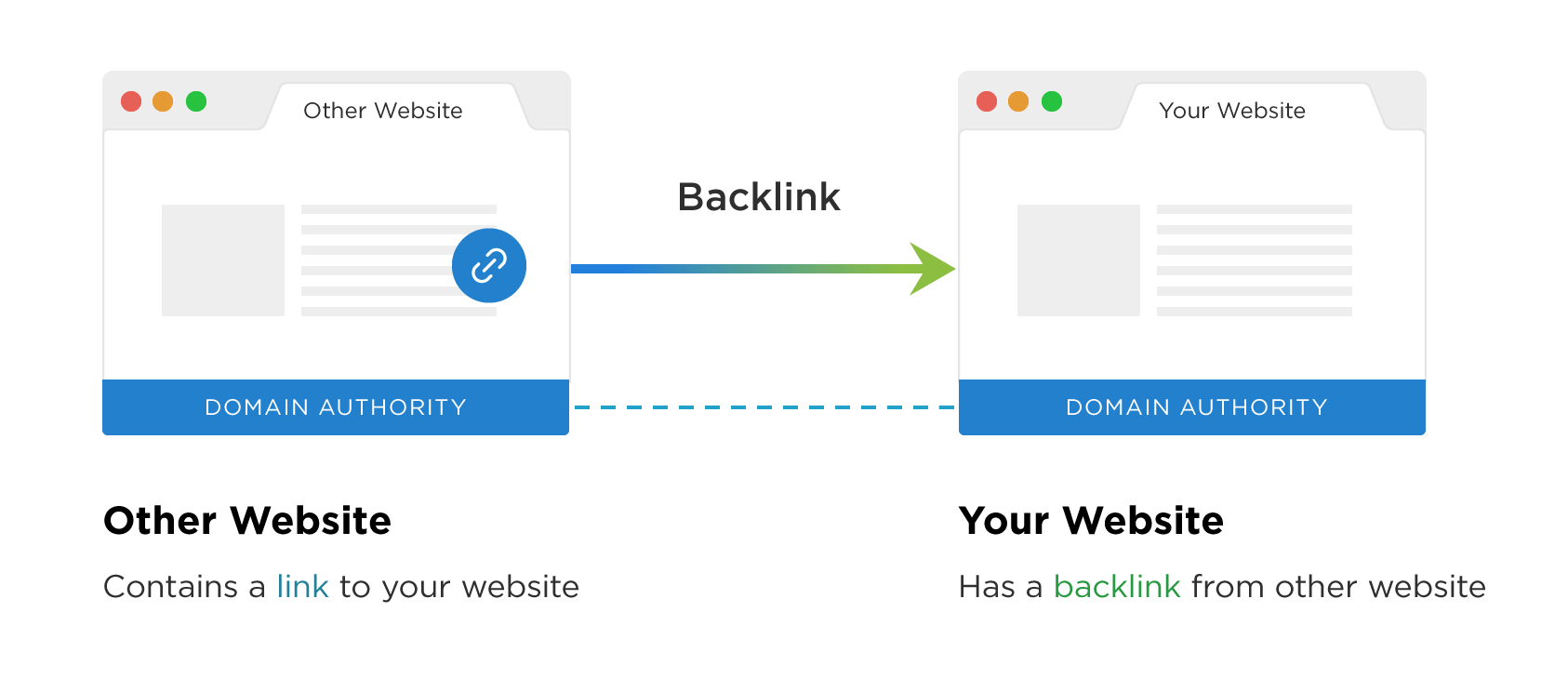How to Get Quality Backlinks for Free – A Complete Beginner’s Guide
If you’ve been working hard on your website, writing blog posts, optimizing your on-page SEO, and sharing content on social media, but still aren’t seeing results, the missing piece of the puzzle is probably backlinks.
Search engines like Google rely heavily on backlinks as a signal of trust. If reputable websites link to you, it tells Google your site is credible, helpful, and worth ranking. Without backlinks, even the best content may remain invisible.
The good news? You don’t need a huge budget to get started. In fact, you can learn how to get quality backlinks for free, without spending a cent, if you use the right strategies.
This guide is written for beginners, but even if you’re an intermediate marketer, you’ll find practical tips and advanced insights here.
📑 Table of Contents:
- What Are Quality Backlinks and Why Do They Matter?
- The Difference Between Good vs. Bad Backlinks
- How to Get Quality Backlinks for Free (Step-by-Step)
- 10 Common Questions About Getting Backlinks
- Pro Tips for Long-Term Backlink Success
- Conclusion & Call to Action
What Are Quality Backlinks and Why Do They Matter?
A backlink is when one website links to another. It acts as a vote of confidence. If a respected site links to you, it signals to search engines that your content is worth recommending.
But here’s what many beginners get wrong: not all backlinks are equal. A backlink from a trusted, authoritative site like BBC, HubSpot, or Forbes is far more valuable than dozens of links from unknown or spammy websites.
Why Quality Backlinks Are Critical in SEO
- Trust & Authority – Backlinks are like references on a resume. The more respected the site linking to you, the stronger your authority becomes.
- Higher Rankings – Backlinks remain one of Google’s top three ranking factors. Without them, it isn’t easy to rank for competitive keywords.
- Referral Traffic – Backlinks don’t just help SEO; they can bring real, targeted visitors from other sites.
- Brand Visibility – Being mentioned on authoritative websites boosts your brand reputation and exposure.
- Faster Indexing – Search engines find your new pages faster when they’re linked from other sites.
📌 Case Study Example:
The Difference Between Good vs. Bad Backlinks

- Come from relevant websites in your industry.
- They are naturally placed within high-quality content.
- Use anchor text that feels organic (not keyword-stuffed).
- Come from websites with real traffic and authority.
- Come from spammy directories or link farms.
- They are purchased in bulk from shady vendors.
- Come from irrelevant websites (e.g., a casino site linking to a gardening blog).
- Use manipulative, exact-match anchor text repeatedly.
How to Get Quality Backlinks for Free (Step-by-Step)
Let’s dive into 16 beginner-friendly and advanced strategies you can use right away.
1. Create High-Quality, Link-Worthy Content
Content is the foundation of backlinks. Without valuable content, no one will want to link to you.
Content Types That Earn Backlinks:
- Ultimate Guides – e.g., “The Complete Beginner’s Guide to Investing in 2025.”
- Original Research – Conduct surveys or publish industry reports.
- Infographics – People love linking to visuals that summarize data.
- Case Studies – Share real-world results and strategies.
- Interactive Tools – Calculators, templates, or quizzes.
📌 Case Study Example: Backlinko published a study analyzing 1 million Google search results. Because it provided unique, data-backed insights, it earned over 15,000 backlinks from other websites.
👉 Action Step: Before hitting publish, ask: Would other websites want to cite this content as a resource?
2. Guest Posting on Relevant Blogs
Steps:
- Search Google for “write for us + [your niche].”
- Pitch original content ideas.
- Write valuable articles with a natural backlink to your site.
👉 Pro Tip: Avoid low-quality guest post farms. Focus on high-traffic, niche-relevant websites.
3. HARO (Help a Reporter Out)
Steps:
- Sign up at helpareporter.com.
- Monitor daily journalist queries.
- Respond quickly with expert insights.
- Get featured (with a backlink) if selected.
📌 Mini Example: A small marketing consultant answered a HARO query about “Top Marketing Trends in 2025” and got featured in Entrepreneur Magazine, with a backlink.
4. Broken Link Building
Steps:
- Use Ahrefs, SEMrush, or Check My Links to find broken links.
- Identify content you can provide as a replacement.
- Email the site owner suggesting your content.
📌 Example: A blogger notices a broken link to an old “SEO Tools Guide.” They offer their updated “Best SEO Tools 2025” guide as a replacement. The site owner is happy to link to it.
5. Social Media Amplification
- Share your content on LinkedIn, X (formerly Twitter), and Facebook groups.
- Repurpose blogs into videos, infographics, or carousels.
- Use hashtags to reach relevant audiences.
📌 Example: A LinkedIn post about “AI Tools for Marketing” goes viral, and multiple bloggers later link to the post in their own articles.
6. Create Linkable Assets
Examples:
- Free calculators and tools.
- Industry benchmarks and statistics.
- Comprehensive glossaries.
📌 Case Study: HubSpot’s free marketing templates attract tens of thousands of backlinks because bloggers constantly recommend them.
7. Directory & Community Submissions
Examples:
- Google Business Profile
- Yelp, Bing Places, TripAdvisor
- Crunchbase, AngelList (for startups)
- Professional associations
👉 Warning: Stay away from bulk directory submissions, they’re mostly spam.
8. Collaborate With Influencers and Bloggers
Ways to collaborate:
- Interview influencers.
- Offer quotes for round-up posts.
- Partner on co-authored content.
📌 Example: A SaaS startup collaborates with a tech blogger for a joint webinar. The blogger links to the SaaS company’s site in the promotion.
9. Skyscraper Technique
Steps:
- Find a top-ranking article with many backlinks.
- Create a better, more updated version.
- Reach out to everyone linking to the original.
📌 Mini Example: An article “10 Best Marketing Tools” has 500 backlinks. You publish “25 Best Marketing Tools for 2025” with fresh insights. You then email the sites linking to the older post, suggesting your updated version.
10. Internal Linking (Bonus Tip)
Tips:
- Link from older, high-authority posts to new ones.
- Use descriptive anchor text.
- Build topic clusters with pillar pages.
11. Testimonials & Reviews
Steps:
- Write genuine testimonials for tools you use.
- Submit them.
- Gain backlinks from trusted brands.
📌 Example: Submitting a testimonial to SEMrush earns you a backlink from their high-authority domain.
12. Podcast Guesting
Steps:
- Find podcasts in your niche.
- Pitch yourself as a guest with a unique angle.
- Share insights during the show.
- Earn backlinks from the show notes.
📌 Example: A productivity coach gets featured on a time-management podcast, with backlinks to their coaching website.
13. Community Engagement & Q&A Platforms
Platforms:
- Quora – Provide detailed answers and link to your site.
- Reddit – Participate in relevant subreddits.
- Industry forums – Share expertise and link to relevant resources where appropriate.
📌 Example: A finance blogger answers “How do I invest $1000?” on Quora and links to their “Beginner’s Investing Guide.”
14. Unlinked Brand Mentions
Steps:
- Use tools like Google Alerts or Mention.com to track mentions.
- Reach out to the author and politely ask them to link to your site.
📌 Example: A blogger mentions your SaaS tool in an article but doesn’t link. A quick email request turns the mention into a backlink.
15. Local SEO Citations
Steps:
- Submit your business to local directories.
- Ensure NAP consistency (Name, Address, Phone).
- Focus on sites like Yelp, Google, and Yellow Pages.
📌 Example: A local restaurant lists itself on TripAdvisor, Yelp, and Google Business Profile, earning backlinks and visibility.
16. Resource Page Link Building
Steps:
- Search Google for “best resources + your niche”.
- Find resource pages that link out.
- Reach out with your guide or tool suggestion.

10 Common Questions About Getting Backlinks
Usually 3–6 months, depending on your niche.
2. Are free backlinks better than paid ones?
Yes, free, natural backlinks are safer. Paid links risk penalties.
3. Can I rank without backlinks?
In very low-competition niches, yes. But in most cases, backlinks are essential.
4. How do I check if a backlink is good?
5. Do backlinks still matter in 2025?
Yes, backlinks remain a core ranking factor.
6. How many backlinks do I need?
It depends on your niche. Sometimes, 10 high-quality backlinks are more effective than 100 low-quality ones.
7. What’s the difference between do-follow and no-follow links?
Do-follow links pass SEO authority. No-follow links don’t, but they can still bring traffic and visibility.
8. Should I disavow bad backlinks?
If you’ve accumulated spammy links, use Google’s Disavow Tool cautiously.
9. Is link exchange safe?
Occasionally, relevant exchanges are fine, but large-scale link swaps are risky.
10. Which backlink strategy is fastest?
Pro Tips for Long-Term Backlink Success

1. Be Consistent – Build Links Steadily Over Time
One of the biggest mistakes beginners make is building a burst of backlinks in a short time and then stopping altogether. Search engines like Google may see unnatural spikes in backlinks as a red flag, especially if those links come from questionable sources.
Instead, focus on gradual, consistent growth. For example:
- Aim to secure 2–5 quality backlinks per month rather than 50 in one week.
- Spread out outreach efforts so backlinks are acquired naturally.
- Utilize a variety of methods (such as guest posts, HARO, and directories) to maintain a diverse profile.
📌 Example: A fitness blogger who publishes one high-value guide per month and promotes it through HARO, social media, and guest posts steadily gains backlinks each month. Over the course of 12 months, this strategy snowballs into dozens of natural backlinks that appear organic to Google.
👉 Action Step: Set a monthly backlink target based on your niche competition (e.g., 3 per month for beginners, 10+ for advanced sites) and stick to it.
2. Update Content – Refresh Guides and Statistics Regularly
One of the easiest ways to attract new backlinks is to keep your content fresh and up-to-date. Outdated content loses value quickly, and websites are less likely to link to something old. By regularly updating your content, you increase its chances of staying relevant and being connected to.
Ways to refresh content:
- Update statistics and data with the latest numbers.
- Add new sections or tips that weren’t available before.
- Improve design and readability with visuals, infographics, and clear formatting.
- Update your meta title and description to re-boost click-through rates.
📌 Example: A digital marketing blog updates its “SEO Trends 2023” article to “SEO Trends 2025” with new insights and data. The updated post gets picked up by dozens of new bloggers, while the original links remain intact.
👉 Action Step: Review your top 10 traffic-driving articles every 6 months, refresh them, and re-promote them to capitalize on more backlink opportunities.
3. Track Progress – Use SEO Tools to Monitor Backlinks Gained and Lost
If you’re not tracking your backlinks, you’re essentially flying blind. Some backlinks you earn may disappear over time (site shutdowns, deleted pages, content updates). Tracking ensures you can react quickly and even recover lost links.
Recommended tools:
- Ahrefs – Best for tracking backlinks, anchor text, and referring domains.
- SEMrush – Ideal for backlink audits and detecting toxic links.
- Moz Link Explorer – Good for domain authority checks.
- Google Search Console – Free tool to monitor who’s linking to you.
📌 Example: A SaaS startup uses Ahrefs to track backlinks. When they notice a high-authority site has removed their link after updating a blog post, they reach out and politely suggest re-adding it. This simple outreach restored a valuable backlink.
👉 Action Step: Check your backlink profile monthly. Identify:
- New backlinks gained
- Backlinks lost (and why)
- Toxic backlinks that may need disavowing
4. Network Genuinely – Relationships Often Lead to Backlinks Naturally
SEO isn’t just about algorithms, it’s about people. If you build genuine relationships within your industry, backlinks often come naturally as a byproduct of collaboration, trust, and increased visibility.
How to network effectively:
- Engage with influencers on LinkedIn and Twitter (X).
- Comment on industry blogs with thoughtful insights (not spam).
- Join Slack groups, Discord servers, or Facebook groups in your niche.
- Offer free value, such as quotes for round-ups, quick reviews, or guest contributions.
📌 Example: A productivity coach engages with other bloggers on Twitter by sharing and commenting on their content. After months of genuine interaction, one blogger invites them to co-author an article, leading to a backlink from a high-authority site.
👉 Action Step: Dedicate 15 minutes daily to networking in your niche (commenting, sharing, DM-ing, and engaging). Over time, these micro-connections turn into backlink opportunities.
5. Diversify – Don’t Rely on One Strategy; Use Several
If your backlink strategy relies only on one method (like guest posting or directories), you’re vulnerable. Google values diversified backlink profiles because they look more natural.
Types of backlinks to aim for:
- Editorial mentions – Earned by producing great content.
- Guest posts – From reputable industry blogs.
- Citations & directories – Especially for local SEO.
- Podcast and interview links – From show notes and collaborations.
- Resource page links – From curated industry lists.
- HARO & Journalist Mentions – From Media Sites.
📌 Example: Instead of relying solely on guest posts, a marketing agency builds backlinks through HARO, resource pages, testimonials, and influencer collaborations. This diversification makes their backlink profile look natural and protects them from algorithm changes.
👉 Action Step: Review your backlink profile quarterly. Ask:
- Am I getting links only from one type of source?
- Do I have a mix of nofollow and dofollow links?
- Are my links spread across multiple domains, or concentrated in a few?
Conclusion & Call to Action

At Excell, we specialize in helping businesses build sustainable SEO strategies that deliver long-term results. If you’re ready to take your website to the next level, let’s make it happen.
👉 Contact us today and Book your free discovery call to get done for your services.
Contact us:
6420 Richmond Ave., Ste 470
Houston, TX, USA
Phone: +1 832-850-4292
Email: info@excellofficial.com







